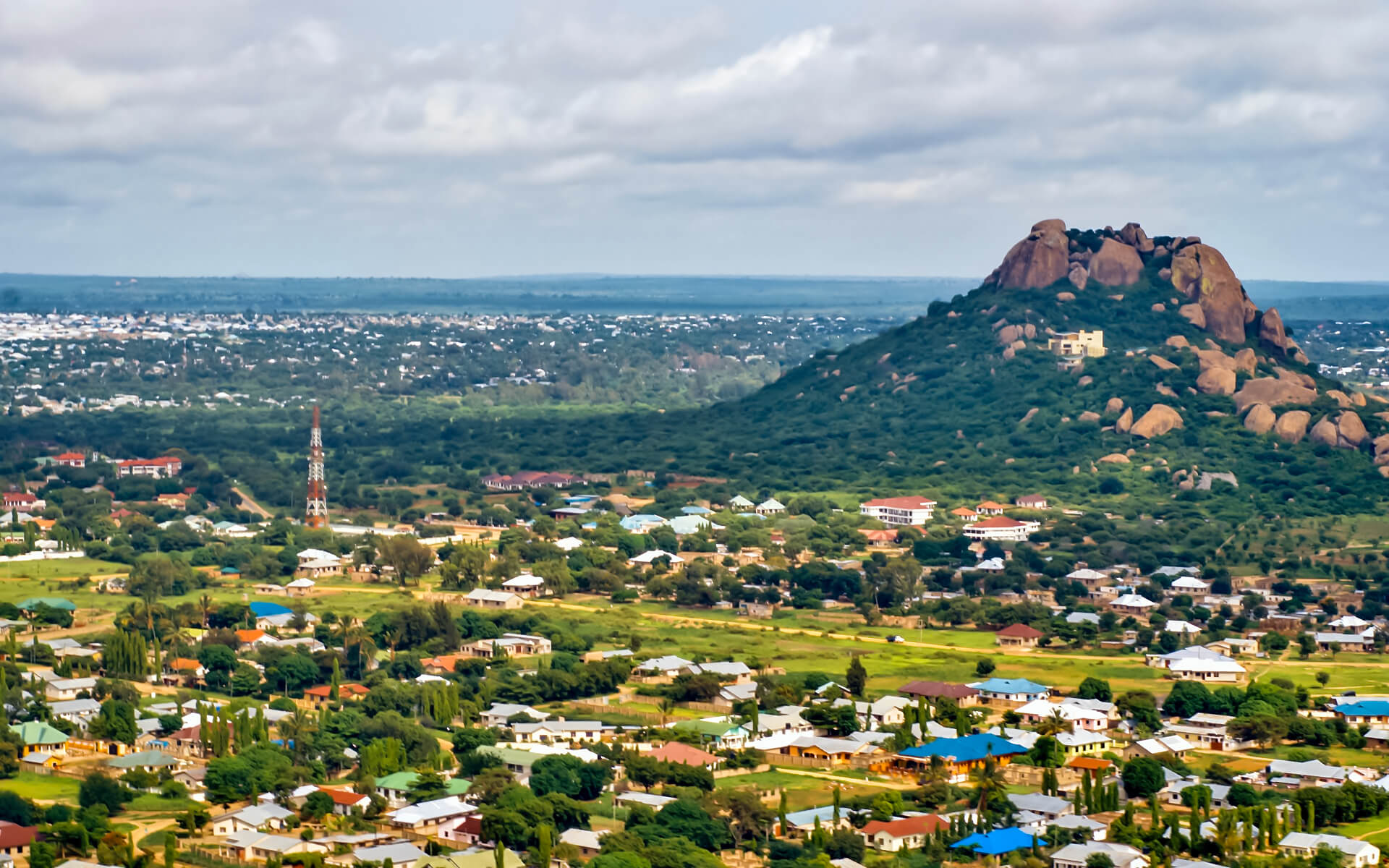The New Dodoma Hotel serves delectable European, Tanzanian, and Asian cuisine. Additionally, there is an amazing Chinese restaurant (the owners are Chinese). Meals at the snack bar start at roughly 3000/= and run up to 12,000/=. Drinks are prohibitively costly, with a Kilimanjaro domestic beer costing 2,000/=.
VETA serves decent food when it is brought to you, however selection is restricted unless you are present during Parliament sessions. Prices are competitive.
Additionally, Nam Hotel serves amazing meals at moderate pricing. It is located on the other side of the airfield.
Aladin’s Cave Market Street is located near Victory Bookshop and has excellent milkshakes, homemade ice cream, yoghurt, pizza, and burgers. Hours of operation: 9.30-13.00 and 15.00-18.00.
Roses’s Cafe, next to Cana Lodge, serves authentic Indian cuisine at an affordable price (entrées start at 2,000 TSH, thalis start at 5,000 TSH), and is popular with expats from Monday to Saturday, 8 a.m. to 6 p.m. and 18 a.m. to 22 a.m.
Leone l’Africano Area C is located north of the airport and has excellent authentic Italian pizza and spaghetti in an evocative environment with a playground for children. Miniature golf. Mondays are closed. Every two weeks on Wednesday, there is a movie night.
There are two excellent establishments where you may get classic grilled pork (kiti moto). One is located just down the road from VETA at the highway interchange. A kilo of pork served with kachumbari salad costs around 2500/=. The other is on the other side of Jacana Park’s airfield. Comparable prices. If you’re an animal lover, keep your ears open when they butcher the pig.
There are other more atmospheric restaurants on the Uhindini Road, just across from Victory Bookshop, that provide fresh and good food at moderate pricing.


